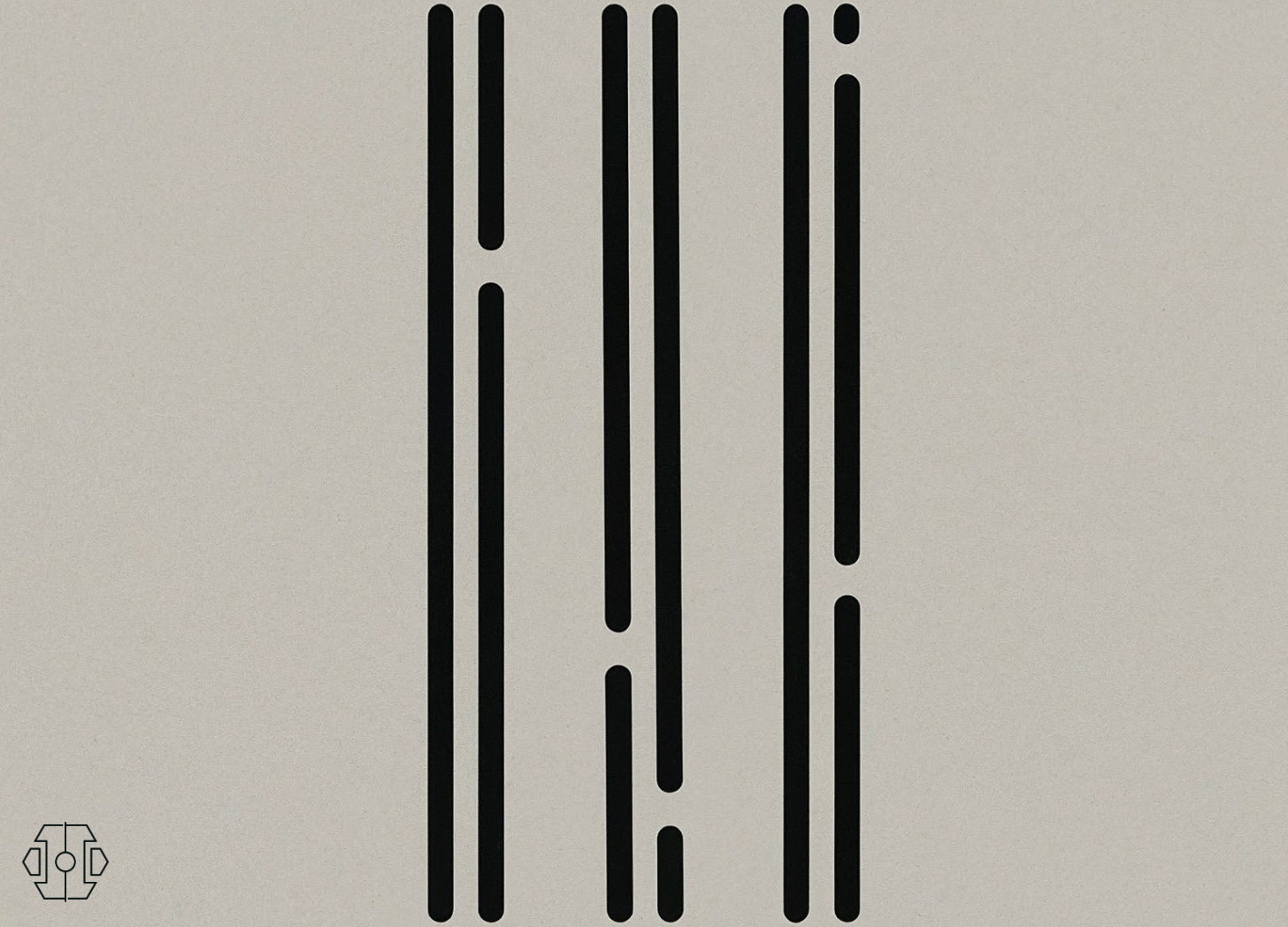The Place Between the Lines
Liverpool dominated Crystal Palace, and it was thanks to Arne Slot.
Liverpool delivered yet another important win over the weekend. It was a tense and stressful 1-0 triumph, but make no mistake about it, the Reds showcased one of their best performances so far under Arne Slot.
Crystal Palace failed to muster a single shot until the 46th minute, despite playing at home in the cauldron that is Selhurst Park. Liverpool bossed the game with possession, perhaps more so than in any of their previous bouts this term.
The finishing wasn’t great, which is why things spiralled a bit towards the end, but don’t let that anxious finale distract you from yet another capable performance.
Slot made a difference once again in this one. Jürgen Klopp’s successor is really earning his keep this season. He’s doing his homework and making subtle adjustments to present his players with a platform to govern proceedings.
We saw quite a few tweaks on Saturday afternoon, but a significant one was the decision to adopt more of a 4-3-3 shape in possession, as opposed to the customary 4-2-3-1 that we’ve witnessed since the summer.
The difference between both formations is barely noticeable at times, but against the Eagles, it was vital for a few reasons, primarily stemming from how Oliver Glasner tends to deploy his players.
All season, Palace have been working on a 3-4-3 system. But when their opponents have possession in the attacking half of the field, Glasner’s men tend to form more of a back five, with both wing-backs retreating to connect with their defensive line, shown below.
That back five is often pretty straight — as shown above — and it can be quite passive, too. Glasner is known for being a pressing coach, but Palace aren’t there yet. And their closing down isn’t constant, no. It’s pretty easy to predict.
With their front three often remaining high up as a trio, Glasner demands a lot from his midfield two, Adam Wharton and Jefferson Lerma. So rather than his system being labelled as 3-4-3, it was more of a 5-2-3 against Liverpool, with that duo in midfield appearing vulnerable given how much space emerged either side of them.
The spaces to the sides of Wharton and Lerma gave the Reds a reason to consistently switch the play from one flank to the other. The Reds hit six switches in total, which is their joint-most in a Premier League game this season. Make Wharton and Lerma run. Move them from left to right. From right to left.
Slot’s decision to employ 4-3-3 seemed to stem from his desire to use two number eights behind — or to the sides — of Wharton and Lerma, with Curtis Jones and Alexis Mac Allister trying to ask as many questions as possible.
It was all about exploiting the space that surrounded Glasner’s double pivot. Jones and Mac Allister often positioned themselves between the lines of Palace’s defence and midfield, and they received passes with great regularity because Wharton and Lerma struggled to close the gaps.
On top of causing problems for Glasner’s two midfielders, Liverpool also used the wide areas to great effect, with Mac Allister in particular joining forces with Cody Gakpo and Kostas Tsimikas on the left flank.
As a trident, those three players inflicted structural issues upon Palace, with Daniel Muñoz and Ismaïla Sarr outnumbered, and Wharton out of sight given his preoccupation with managing too much ground in the middle.
If you’re Muñoz in the above scenario, you’re stuck. Do you mark Gakpo or Mac Allister? The Colombian defender ended up doing neither, and Liverpool scored a few seconds later.
Jones, Mohamed Salah and Trent Alexander-Arnold established a similar dynamic on the right, but the Reds favoured their left at Selhurst Park, with Tsimikas and Gakpo combining to set up Diogo Jota for the only goal of the game.
With every passing week, Slot is providing us with mounting evidence to suggest he’s a top tactician. The overriding principles always remain unchanged, but the specifics are constantly being modified.
The place between the lines didn’t exist when Liverpool faced Ipswich Town in their first match of the season, so Slot found a different way. “We played more balls in behind,” he said back then. “If the other team takes the risk of playing one-on-one and you have the likes of Salah, Jota and Luis Díaz, then use them, play the balls in behind.”
It’s like your iPhone. The actual phone always remains the same, but there’s a new software update before every match depending on the strengths and weaknesses of the opposition.
“The way the other team defends, there we have to find our answer,” he said in August. Well, it’s still early days, but based on what we’ve seen so far, our man seems have an answer for almost everything.










Agree that Arne has shown his tactical chops in these initial matches. Nice to see him improve our attacking tactics against a side w a plan similar to Forest (press us infrequently; 10 behind the ball; create on the counter). Very excited to watch this next batch of 7 matches
Another good read, Josh. Agree with your view that AS seems to be tactically astute. Would be interested to know your thoughts on why it took some time to address the revised threat from Palace once Mateta came on that gave Palace a 10-15 min spell when they might have equalised.